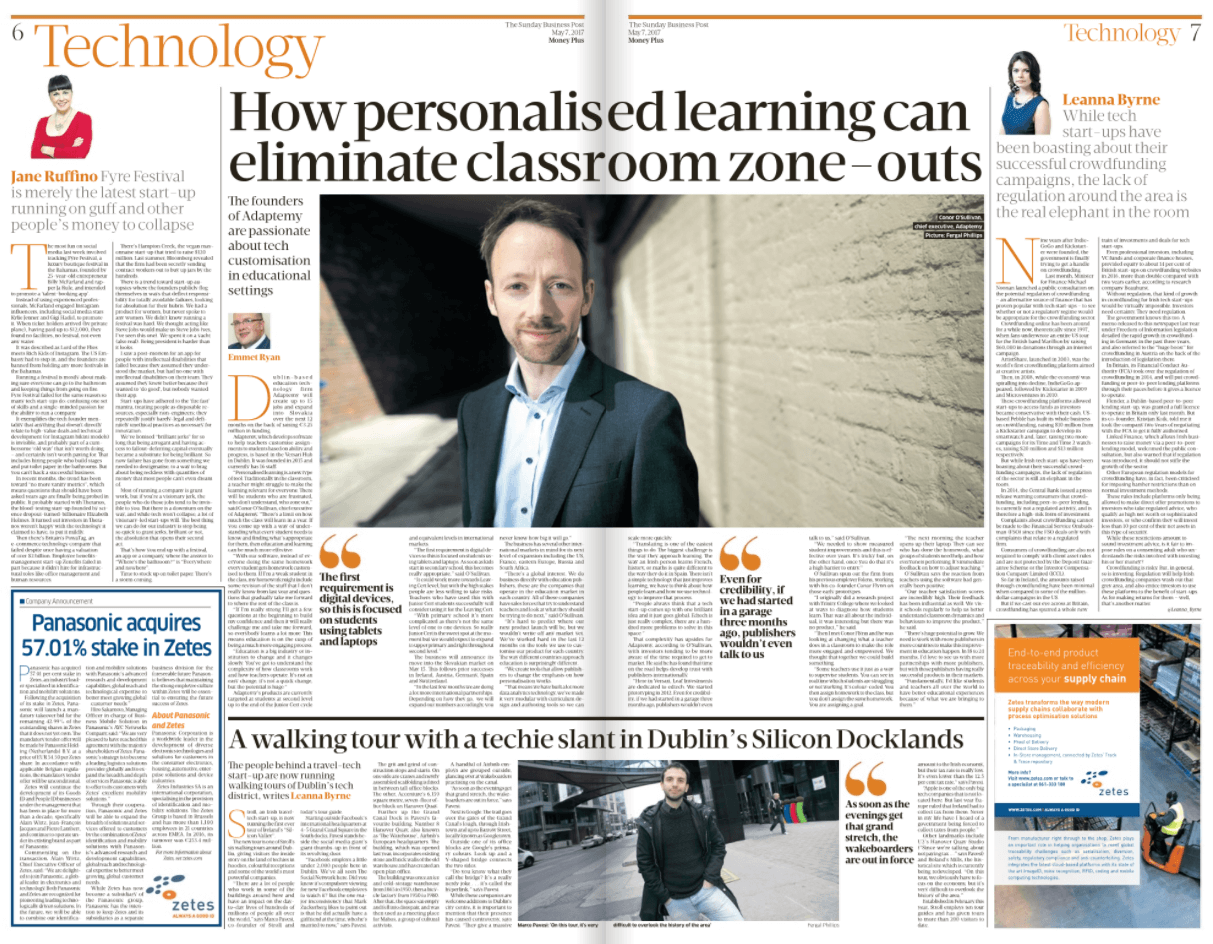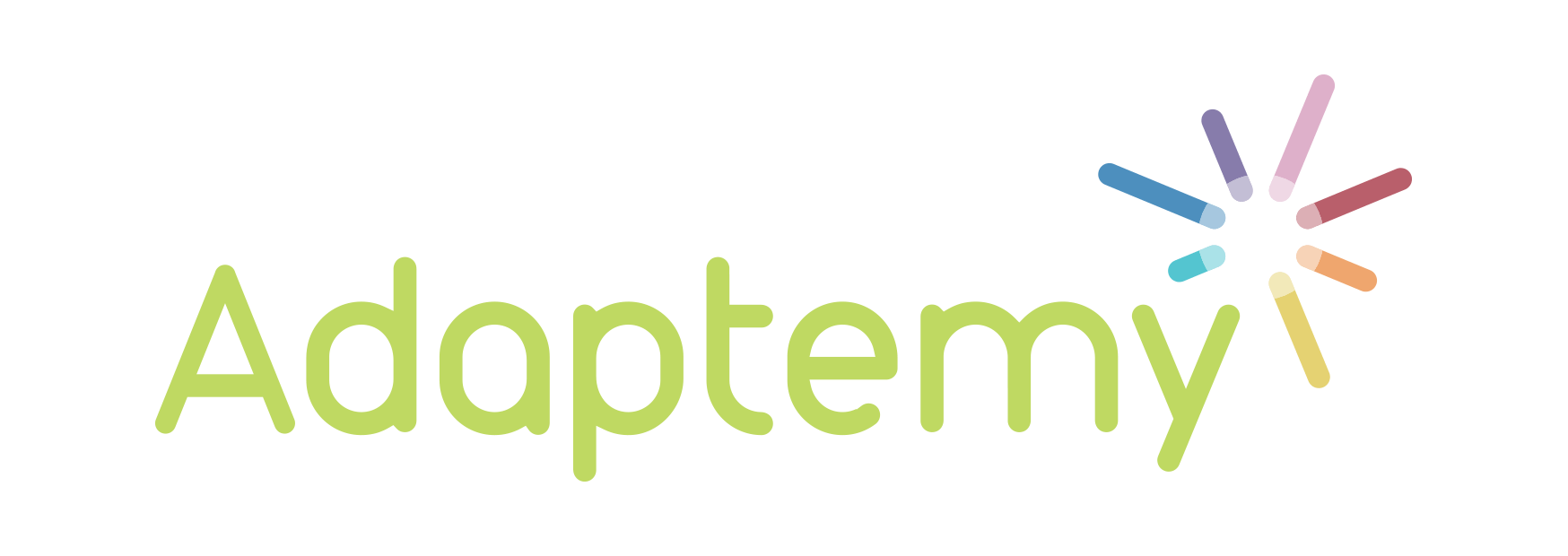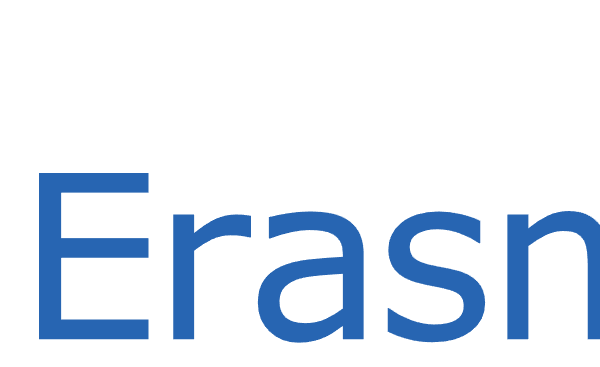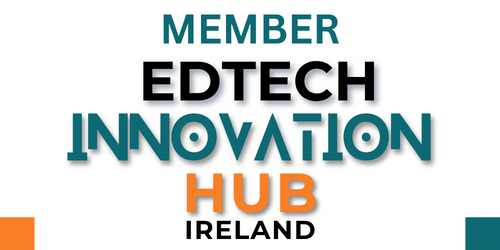
Press Coverage in Business Post
By Emmet Ryan, Sunday Business Post, May 7, 2017
The complete source article is available here: https://www.businesspost.ie/technology/personalised-learning-can-eliminate-classroom-zone-outs-386970
Dublin-based education technology firm Adaptemy will create up to 15 jobs and expand into Slovakia over the next 12 months on the back of raising €3.25 million in funding.
Adaptemy, which develops software to help teachers customise assignments to students based on ability and progress, is based in the Versari Hub in Dublin. It was founded in 2015 and currently has 16 staff.
“Personalised learning is a new type of tool. Traditionally in the classroom, a teacher might struggle to make the learning relevant for everyone. There will be students who are frustrated, who don’t understand, who zone out,” said Conor O’Sullivan, chief executive of Adaptemy. “There’s a limit on how much the class will learn in a year. If you come up with a way of understanding what every student needs to know and finding what’s appropriate for them, then education and learning can be much more effective.
“With our software, instead of everyone doing the same homework every student gets homework customised to them. If I’m a weak student in the class, my homework might include some revision of the stuff that I don’t really know from last year and questions that gradually take me forward to where the rest of the class is.
“If I’m really strong I’ll get a few questions at the beginning to build my confidence and then it will really challenge me and take me forward, so everybody learns a lot more. This means education is on the cusp of being a much more engaging process.
“Education is a big industry or institution to change and it changes slowly. You’ve got to understand the complexity of how classrooms work and how teachers operate. It’s not an easy change, it’s not a quick change, but the potential is huge.”
Adaptemy’s products are currently targeted at students at second level up to the end of the Junior Cert cycle and equivalent levels in international markets.
“The first requirement is digital devices so this is focused on students using tablets and laptops. As soon as kids start in secondary school, this becomes really appropriate,” said O’Sullivan.
“It could work more towards Leaving Cert level, but with the high stakes people are less willing to take risks. Teachers who have used this with Junior Cert students successfully will consider using it for the Leaving Cert.
“With primary school it’s more complicated as there’s not the same level of one to one devices. So really Junior Cert is the sweet spot at the moment but we would expect to expand to upper primary and right throughout second level.”
The business will announce its move into the Slovakian market on May 15. This follows prior successes in Ireland, Austria, Germany, Spain and Switzerland.
“In the last few months we are doing a lot more international partnerships. Depending on how they go, we will expand our numbers accordingly, you never know how big it will go.”
The business has several other international markets in mind for its next level of expansion including the US, France, eastern Europe, Russia and South Africa.
“There’s a global interest. We do business directly with education publishers, these are the companies that operate in the education market in each country. All of these companies have sales forces that try to understand teachers and look at what they should be trying to do next,” said O’Sullivan.
“It’s hard to predict where our next product launch will be, but we wouldn’t write off any market yet. We’ve worked hard in the last 12 months on the tools we use to customise our product for each country. The way different countries approach education is surprisingly different.
“We create tools that allow publishers to change the emphasis on how personalisation works.
The first requirement is digital devices, so this is focused on students using tablets and laptops
“That means we have built a lot more data analytics technology, we’ve made it very modular with curriculum design and authoring tools so we can scale more quickly.
“Translating is one of the easiest things to do. The biggest challenge is the way they approach learning. The way an Irish person learns French, history, or maths is quite different to the way they do it in Spain. There isn’t a simple technology that just improves learning, we have to think about how people learn and how we use technology to improve that process.
“People always think that a tech start-up comes up with one brilliant idea and it just goes global. Edtech is just really complex, there are a hundred more problems to solve in this space.”
That complexity has upsides for Adaptemy, according to O’Sullivan, with investors tending to be more aware of the time required to get to market. He said he has found that time on the road helps develop trust with publishers internationally.
“Here in Versari, Leaf Investments are dedicated to edtech. We started prototyping in 2012. Even for credibility, if we had started in a garage three months ago, publishers wouldn’t even talk to us,” said O’Sullivan.
“We needed to show measured student improvements and this is effective over years. It’s tricky but, on the other hand, once you do that it’s a high barrier to entry.”
O’Sullivan spun out the firm from his previous employer Folens, working with his co-founder Conor Flynn on those early prototypes.
“I originally did a research project with Trinity College where we looked at ways to diagnose how students learn. That was all about the individual, it was interesting but there was no product,” he said.
“Then I met Conor Flynn and he was looking at changing what a teacher does in a classroom to make the role more engaged and empowered. We thought that together we could build something.
“Some teachers use it just as a way to supervise students. You can see in real time which students are struggling or not working. It’s colour-coded. You then assign homework to the class, but you don’t assign the same homework. You are assigning a goal.
“The next morning the teacher opens up their laptop. They can see who has done the homework, what groups of students need help, and how everyone is performing. It’s immediate feedback on how to adjust teaching.”
O’Sullivan says the reaction from teachers using the software had generally been positive.
“Our teacher satisfaction scores are incredibly high. Their feedback has been influential as well. We visit schools regularly to help us better understand classroom dynamics and behaviours to improve the product,” he said.
“There’s huge potential to grow. We need to work with more publishers in more countries to make this improvement in education happen. In 18 to 24 months, I’d love to see us with more partnerships with more publishers, but with those publishers having really successful products in their markets.
“Fundamentally, I’d like students and teachers all over the world to have better educational experiences because of what we are bringing to them.”




